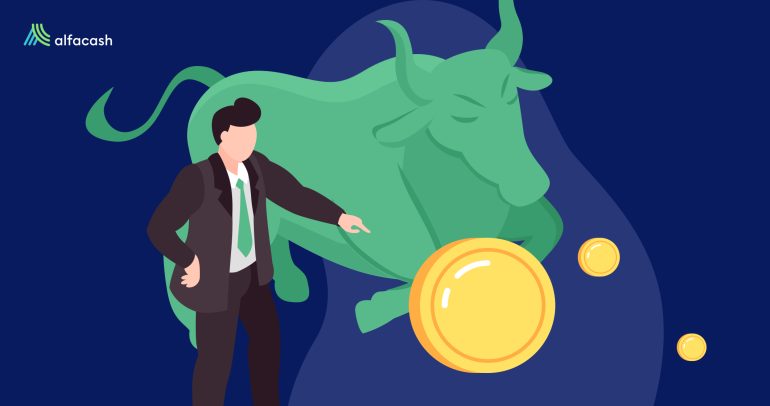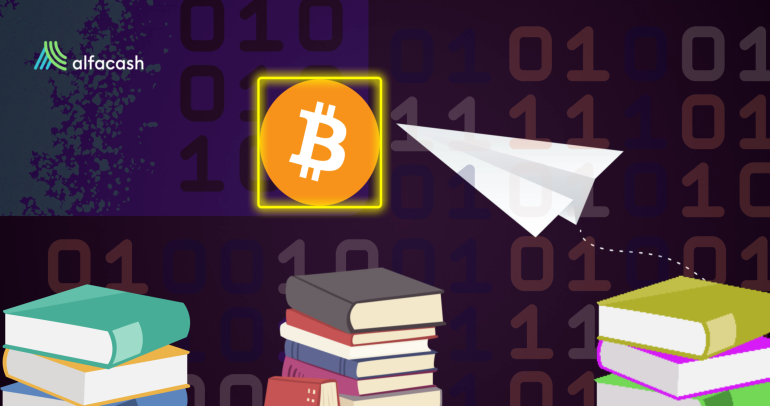Decentralized Finance (better known as DeFi) is buzzing within the financial industry all around the world. By using it, someone managed to earn 16.000 USD in 13 seconds, and some others took six million dollars after one week or so. Seeing those cases, isn’t difficult to figure out why everybody wants to suddenly make investments on DeFi tokens and Dapps, but, it really works in the same way for everybody?
The answer, of course, is a big no. Then, no earnings at all for your average cryptocurrency user? Is all this a scam, Ponzi, or similar? Not everything, for sure. But there’s some of that as well. Let’s check some facts and tricks.
TL;DR for DeFi
You can describe “DeFi” as a whole industry made of decentralized apps and tokens focused on offering a long list of traditional financial tools and products, but without a company, government, or organization behind them. The only authority is the software, the code, and the blockchain since they’re built within smart contracts. So, in theory, you don’t need trust to use them.

The main promise of DeFi is to open the financial world for everyone. By using DeFi apps, you won’t need any official requirement (only Internet) to access platforms and tools like loans, savings, trading, insurance, derivatives, exchanges, and so on.
If you’re thinking that maybe Bitcoin, Ethereum, Litecoin, and each “classic” cryptocurrencyA digital currency running on a blockchain and built with cryptography. Contrary to central-bank issued currency, cryptocurrency issuance rules are... More may count as DeFi, you’re probably not so far from the truth. However, in our current context, when we use the term “DeFi” we’re usually talking about brand new tokens and platforms based on smart contracts, that offers some very specific financial service. And, highly probably, some juicy earnings in the short term. Or that is what everybody wants to believe.
How DeFi works?
Aka, how to earn some money with this. That’s depending on the platform you use: according to DeFi Prime, there’re in existence more than 200 projects on this category. And DeFi Pulse describes, by its part, there’re +7.8 billion dollars locked (invested) in these projects. A quantity not higher than the individual market capitalization for the top 3 cryptocurrencies, but nothing insignificant either.
The important thing, though: how the people are making money with this stuff? Like they usually do with crypto: the benefits of trading new tokens (whose prices go to the moon very quickly) and, on the other hand, create new useful (or useless) tokens whose prices go to the moon quickly because everybody is suffering from FOMO (Fear of Missing Out).

There’s another way, though. Several DeFi platforms and tokens out there reward you just to provide liquidity to their brands. That means you just need to participate in the platform with some investment and/or activity to get juicy rewards in exchange.
Let’s check the example of Compound (COMP), one of the most popular. This a protocol on Ethereum that lets people earning some returns only for saving and/or lending their cryptocurrencies. Of course, there’re also borrowers paying this variable returns: 3.41% as a prize to hold some DAI (a stablecoin) during a year, for example.
On the other side, we have its governance token, COMP. This one is available to buy through several exchanges, and its price started around 61 USD in June of this year (CoinMarketCap). Now, less than three months later, the price per token is 171 USD. Therefore, the “early birds” in Compound may have earned +180% only by owning these tokens.
It doesn’t sound bad per se, but that’s nothing compared to other succulent (and very risky) promises…
Yield farming and “DeFi food”
Let’s back to Compound one moment: remember, just by holding your cryptocurrencies within the platform, you can earn some actual rewards. But this DeFi isn’t the only one doing that. Some other platforms are offering “to mine liquidity” as well, and with even higher rewards for the participants.
Futureswap, for example, is a decentralized futures exchange whose alpha version offered up 550% annually for the task of liquidity. And that’s exactly what the “yield farmers” are looking for: new exciting DeFi apps to sow their investments in crypto and farm high interests and earnings from arbitrage between them and their tokens. These farmers even put high amounts of collateral funds to lend quantities that let them buy (farm) more tokens.

The practice doesn’t come without risks, of course. And this is probably when the “DeFi food” enter the scene: the first one was YAM Finance. Yeah, after the edible tuber. This platform was intended to be “an elastic supply cryptocurrency” with attractive rewards for their Liquidity Providers (LP).
The final result wasn’t exactly like that. YAM finance was born on August 12, with calculated (and extraordinary) annual returns up to 5.600% (for the staking in Compound). Less than 24 hours later, a fatal bug was found in the smart contract, causing the project’s death with 750.000 USD blocked inside. But this was just the appetizer for the next dishes.
Dubious tokens like PIZZA, HOTDOG, and KIMCHI popped to existence as well, and experimented great pumps followed by lethal dumps in less than a day. The promised returns for them varied from +11.000% and even 1 million for LPs, but they were like a shooting star. In a matter of minutes, all of them (and the invested money) was gone for good.
Developing: the other side
A DeFi inevitable fact (for now) is this one: if you can code, you can earn more than others. Do you remember our little Intro and the thing about guys earning thousands and millions of dollars? Well, they were developers. Smart contract developers, to be more accurate.
There’s a thingy inside DeFi called “flash loans”: cryptocurrency loans you take and pay in the same blockA collection of cryptocurrency transactions. Every few minutes (or seconds, depending on the blockchain) one miner or validator verifies the... More (transactionA cryptocurrency transaction is an entry on the blockchain ledger, noting sender, receiver and number of coins transacted. More). How is this even possible and how could it be useful at all? It’s possible if you know how to write (code) a smart contract to make an automatic transaction with several elements, and it’s useful for arbitrage. This means you could take advantage of differing prices for the same asset in distinct markets.
Just like a developer did in early August, when they borrowed 2.048.000 USDC from dYdX platform, exchange them for 2.028.367 DAI in Curve and Pool, and then repaid the first loan; earning 16.182 USDC in 13 seconds and investing just the gas prices in Ethereum (around 50 USD). All this through a smart contract, of course.
On the other hand, we have the anonymous Sushiswap founder, known as NomiChef. First of all: Sushiswap is a decentralized exchange that also offers liquidity mining to anyone who wants to participate with their SUSHI tokens. It’s basically a copy of the exchange Uniswap with larger rewards, and make it up to 1 billion dollars blocked inside from investors.

NomiChef just waited for this result for a week, before selling all his SUSHI to acquire 17.971 ETH, valued currently around 6 million dollars. Of course, the price per SUSHI dropped bad; although the poor thing survived the crash. For now.
What’s up with DeFi, then? Can I make money?
We can’t deny it: DeFi is a very profitable market and there’s a gold rush right now after its dapps, providing a lot of liquidity and opportunities. Something similar happened in 2017 with the Initial Coin Offering (ICO) fever, and we all know how that ended. In case you don’t: not so sweet.
ICOs and DeFi have introduced interesting and useful products within everyone’s reach, but they’ve also brought a lot of useless tokens, fraudulent platforms, failed projects, and big losses. Most of those extraordinary ROI percentages are probably just fleeting fame like already happened with some “DeFi food”.
Grave risks are waiting around every corner: smart contract’s bugs, hacks, exit scams, fake tokens, failed projects, extreme pump-and-dump schemes, etc. This is an early-stage technology, so, you may make thousands of dollars in no time… and you can lose them in no time as well. Try it, have fun, maybe even get some or much money, but never be reckless about DeFi investments. Don’t bet anything you can’t afford to lose.
Wanna trade BTCAn abbreviation for Bitcoin., ETH, and other tokens? You can do it safely on Alfacash! And don’t forget we’re talking about this and a lot of other things on our social media.
Twitter * Telegram * Instagram * Youtube *Facebook * Vkontakte





